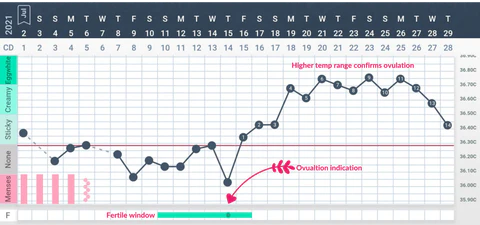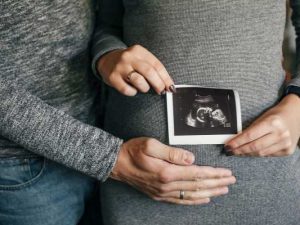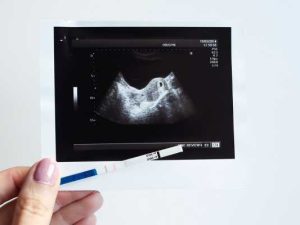Your journey to conception, with the help of Tempdrop
Written by the Tempdrop Team
Who of us ever thought the perfectly natural desire of trying for a baby could be so taxing and even heartbreaking. Isn’t it supposed to be easy? You have sex, and you fall pregnant. That’s what we are all taught, right?
“My trying to conceive journey left me frustrated with myself. I thought I was doing something wrong and doubted myself. I was stressed about my period constantly, never knowing if it was going to show up or not, and when it was late, I would become so depressed because I’d gotten my hopes up.” – Elisha.
The reality though, is that it’s not always that simple, and here is where knowledge about our own body, cycle and the ability to advocate for yourself helps us get the results we need.
Tracking your cycle (for example with a solution like Tempdrop) will maximize your chances of conceiving sooner and help you to understand your body in a way that gives you more control of your fertility journey.
Identifying Ovulation
The number one key when it comes to conception is identifying ovulation. Ovulation is the event that dictates when fertilization of an egg can occur, as well as the success of the menstrual cycle process.
Having a period doesn’t necessarily mean we are ovulating. Even if you experience bleeds at regular intervals*, it’s not a solid sign your cycles are “normal” or that ovulation is successful.
Using your body’s natural signs, or biomarkers, can help you identify when it’s possible to conceive and to confirm when ovulation has taken place.
One essential sign is your Basal Body Temperature (BBT). Tracking it with a device such as Tempdrop will give you the extra data you need to confirm if, and when, ovulation occured. After ovulation, temperatures will jump slightly and remain in an elevated range until hormones drop and a new cycle begins. Watching for this pattern in our chart can help us validate ovulation.
Tempdrop confirms ovulation and helps identify the fertile window
An additional biomarker to help us identify that ovulation is approaching is cervical mucus (CM). It has a critical role to play in your fertility.
Observing and noting the changing patterns of your body’s cervical fluid can give you an early alert that you are fertile and are approaching ovulation.
While BBT is part of your body’s response to progesterone, which plateaus at its highest point after ovulation, fertile-type CM is your body’s response to estrogen, which rises to its highest point before ovulation.
Using your biomarkers
Once released, an egg is viable for 12 to 24 hrs, and sperm can survive within the reproductive tract for up to 5 days, with the help of fertile cervical mucus. This means the fertile window is around one week – five days before ovulation, plus the 1-2 days of the ovulation event.
The ability to identify this window can ensure you take advantage of your most fertile days and increase your chances of conception.
Once ovulation is confirmed (higher temps on your chart), you know that your window for conception has closed. From the point of confirmed ovulation you can accurately start counting the days past ovulation to know when your next period is due, as well as the right time to test for pregnancy. These insights will save you from the disappointment and frustration of trying to guess where you are in your cycle, thinking you are late for your period, and testing too early.
Knowledge is power
Keeping track of menstrual cycles can provide very useful information to fertility specialists. Short cycles, long cycles, irregular cycles, abnormal bleeding, and other markers can help guide to the correct diagnosis and treatment options. And if you have been documenting acts of intercourse consistently in your fertile window, often called “appropriately timed intercourse,” you may also be offered earlier diagnosis and testing, for example after 6 months rather than the commonly used 12 month standard.
Putting aside the journey to conception, did you know that your menstrual cycle is a window to your inner health and wellbeing? Coming to an intimate understanding of ourselves through our cycles puts us in the driver’s seat to advocate for and make the best decisions surrounding our fertility and overall health.
Click here to access a FREE introductory guide to fertility awareness to learn more. You can also save 10% off a Tempdrop using the code THEFERTILITYEXPERT. This also includes 3 months FREE access to premium subscription including fertility predictions, sleep tracking, fertility course, and much more.
*A true period that marks the start of a new cycle is bleeding that occurs around two weeks after ovulation. Bleeding at other times is known as intermenstrual bleeding and is not the beginning of a new cycle.
^Fertile window estimate is based on previous cycle stats and only available to those with regular cycles. This feature is part of the optional premium subscription within the app.





